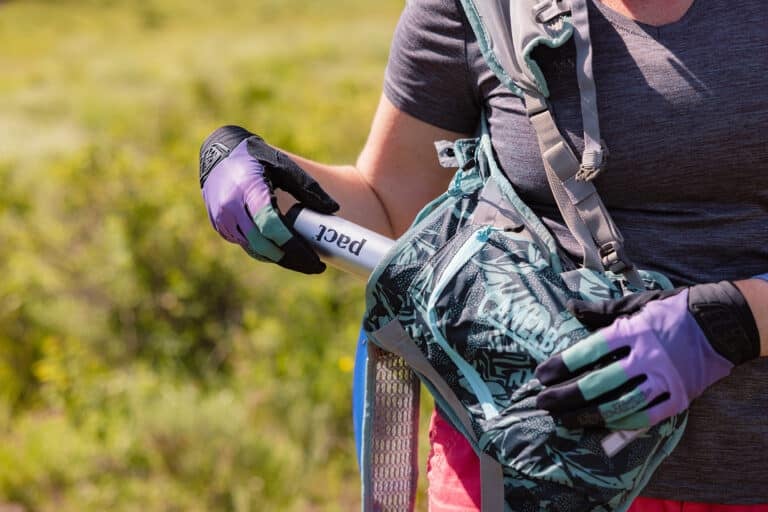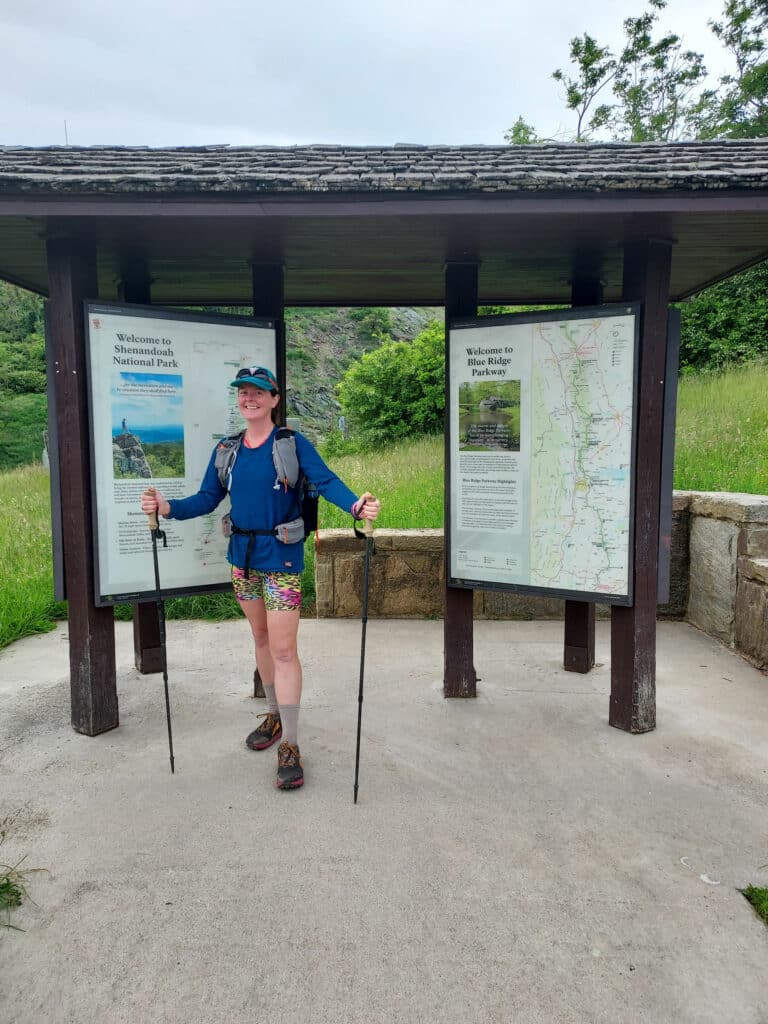The Resident Curatorship Program pairs caretakers with historic homes on public land.
In 2018, the first time Danielle Ritthaler laid eyes on the farmhouse that would one day become her home, the property had seen better days.
“It was basically held up by layers and layers of paint,” she remembers. But Ritthaler, who calls herself a “hopeless optimist,” was undeterred. “There is something super special about the house—it felt like the middle of nowhere.”
She was right—there is something super special about the house: For one thing, it belongs to the Maryland Department of Natural Resources (MDNR). And it’s not just in the middle of nowhere, it’s in the middle of a state park.

Today, Danielle and her husband, Justin, are four-year veterans of the Maryland Resident Curatorship Program, an MDNR initiative that allows tenants to live rent-free in one of its many historic properties in exchange for restoring and maintaining it.
Peter Morrill, director of the program, explains that MDNR is the largest landowner in the state, overseeing about a half-million acres. There are thousands of historic structures on those acres, many of them in desperate need of repairs and modernization. But because of the time and money involved in the upkeep of old homes, Merrill says “they can be a real albatross for the department.” He calls the 48 homes that currently make up the Resident Curator Program “a big chunk of properties that we would have lost otherwise.”
The program works like this: when a home becomes available, MDNR advertises it on its website. Interested caretakers must submit an application: a cover letter that details any relevant past experience and a comprehensive restoration plan, one that adheres to strict historic preservation standards. Curators must complete their restoration in under seven years and spend no less than $150,000.
While the state demands a certain level of professionalism, according to Merrill, the program tends to attract young amateurs with more enthusiasm than experience.
“Almost all our recent curators have been under 40,” he says. “Some have experience in the building trades but all of them have a passion for these places. Most of it comes down to having the passion.”
That describes the Ritthalers, who are parents of two young girls. Justin is an HVAC engineer and Danielle is an artist and art teacher. They bought their first house in 2008 in Baltimore, a fixer-upper, right after they got married. When the contractor they hired took their money and disappeared, the Ritthalers had no other choice than to renovate the rowhouse themselves.
“We started watching YouTube videos, and we came to love working together,” Danielle says. “We make a good team—he does building; I do design and finishing.”
That’s not to say it was all smooth sailing.
“For a long time we were living in the basement and bathing in the kitchen sink,” she recalls, not so fondly.

Bitten by the DIY bug, the Ritthalers soon bought another home in their Baltimore neighborhood to renovate and rent out as an income property. A fellow teacher told Danielle about the state’s Resident Curatorship Program, which she thought sounded like “an incredible opportunity.” When she checked MDNR’s website and saw that a property was available in an adjacent county, it seemed meant to be.
The Ritthalers became the caretakers of the Old Warfield Farm, an 1850 homestead on nine acres that boasts a barn, a corncrib, and a pond. The property is part of Patuxent River State Park, a 6,700-acre expanse at the headwaters of the river, popular for flyfishing and horseback riding.
Four years later, the Ritthalers still live in Baltimore but are almost done installing the HVAC system and closing up the walls at the farm. The pandemic and a new baby slowed them down, but they hope to move in soon.
Once their renovations are complete, the Ritthalers will have their whole lives to appreciate the fruits of their labor. While the properties preserved in the Resident Curatorship Program remain in the possession of the state, curators may live there, tax- and mortgage-free, until they die.
It sounds like a great deal, but Danielle reminds would-be curators that the hefty price tag of renovations is “essentially like fronting the mortgage payment.” Additionally, like any time-tested DIYer, Danielle advises it’s important to approach massive renovations with expectations in-check. “Add up your timeline, add up your budget—and then triple them both,” she says.
Bob Albiol, a resident curator at Seneca Creek State Park in Maryland’s Montgomery County echoes that advice. He’s been a curator since 1984, back when the home he restored didn’t have a roof, windows, or doors. Albiol, an anthropologist with an abiding love for historic restoration, recalls that “even I didn’t realize it would be a whole different life.”
Still, Albiol says he “can’t imagine anything better” than living in his 19th century stone house, surrounded by protected land, overlooking the yawning Potomac River.
Currently, MDNR’s website lists three available properties for prospective curators. Morrill says that the old real estate adage—“location, location, location”—applies to his listings as well, and that homes closer to the metro areas of Baltimore and Washington, D.C., tend to move faster than those in remote areas.
According to Morrill, most people end up spending about $250,000 on renovations. “To make that worthwhile, you got to stick around,” he says, before clarifying that, unsurprisingly, the program doesn’t seem to suffer from attrition. “By far, everyone sticks around.”
Cover photo: The result of the Ritthaler’s renovation. Photo courtesy of Danielle Ritthaler








